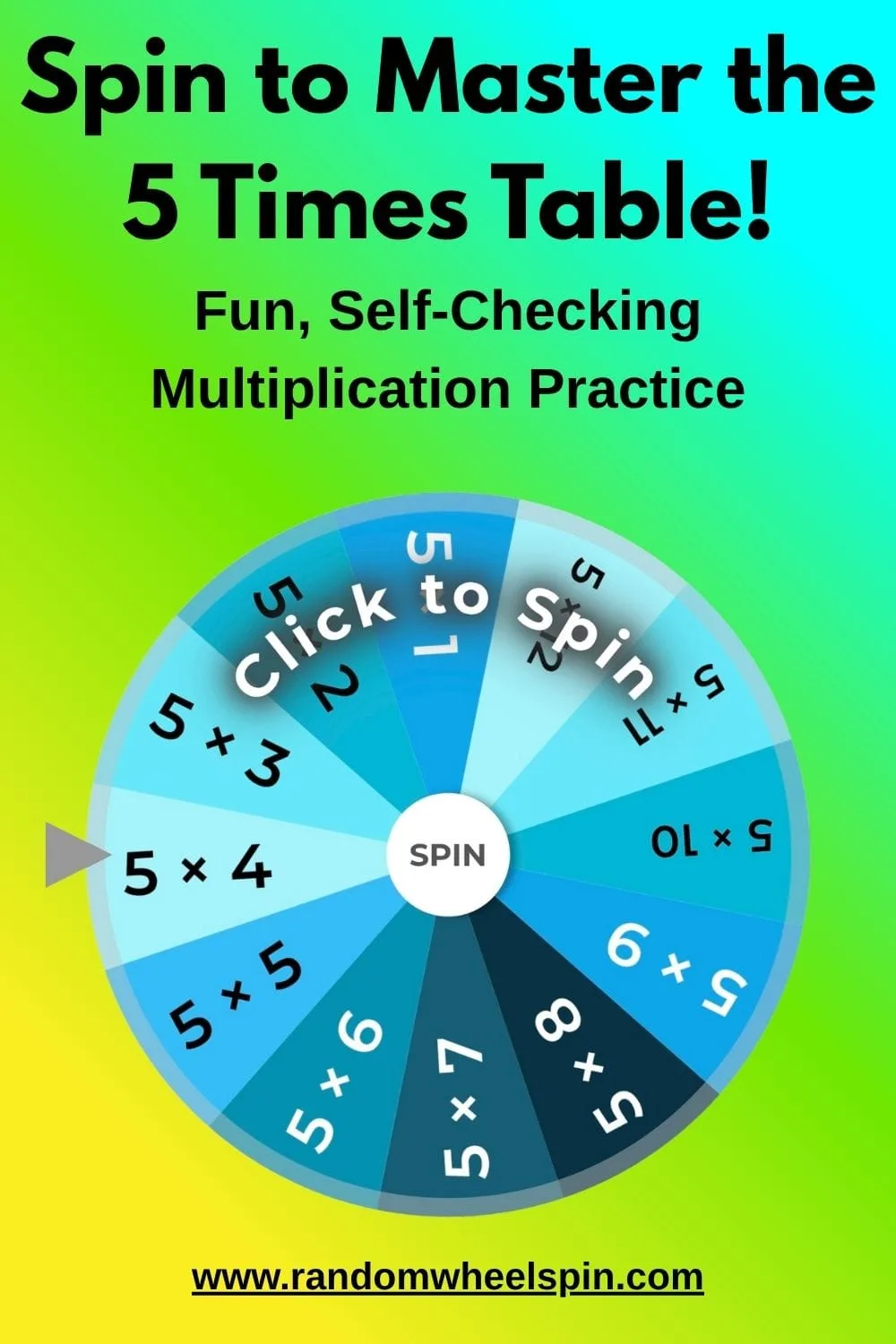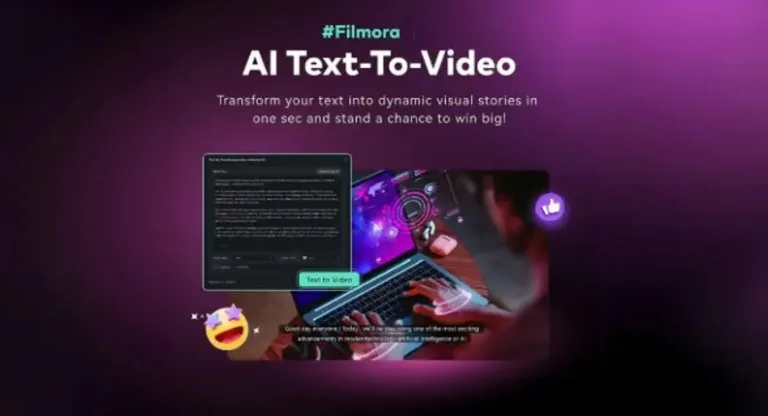Spin the Wheel of Names: A Random Name Picker Turning Learning into Play
Summary:
A simple spin the wheel tool is transforming classrooms and homeschool lessons around the world. With hidden activities, visual engagement, and unlimited entries, Random Wheel Spin is proving that sometimes the most powerful educational innovations come from the simplest ideas.
Where Curiosity Meets Learning
In a world where attention spans are short and classrooms are diverse, keeping students engaged is one of education’s toughest challenges. Teachers and parents alike are searching for fresh ways to spark curiosity without adding complexity—or cost.
Enter the wheel of names, reimagined. At first glance, Random Wheel Spin looks like a familiar spinner wheel. But beneath the colorful surface lies something more: each entry can hold hidden activities, actions, or questions, ready to be revealed after every spin.
It’s a free random name picker—no sign-up, no limits on the number of entries, and no downloads required. Yet, what sets it apart is how it transforms a moment of chance into a structured, interactive learning experience.
The Power of the Spin
Everyone knows the thrill of a spin the wheel moment—the gradual slowing, the anticipation, and the excitement when it lands. That same feeling, when used in the classroom or at home, can help learners stay focused and emotionally engaged.
Unlike a basic spinner, Random Wheel Spin allows each name or topic to carry a second layer of information—hidden instructions, quiz questions, or learning prompts. A spin doesn’t just decide who or what; it launches a mini interactive lesson.
This dual-action format encourages curiosity-based learning, a proven method for improving focus and memory (Gruber et al., Neuron, 2014). When curiosity is triggered, learners are more likely to retain information—and enjoy the process.
Designed for Every Setting: Classrooms, Homes, and Beyond
The platform’s flexibility makes it an ideal teacher resource as well as a powerful home-schooling companion. Here’s how it’s being used across different settings:
- Classroom Learning: Teachers use it for fair participation, discussion prompts, or as a free classroom quiz
- Parents Home Schooling: Parents can preload revision questions or reading tasks, turning lessons into playful discovery. There are so many ready made wheel spinners available, including all the math times tables to alphabet letter wheels.
- Adult and Group Training: Instructors spin to assign case studies, challenges, interactive workplace presentations or topics for debate.
- Parties and Play: From sleepover games to baby shower party name selections, and gender reveal parties using a boy or girl wheel, to families enjoy spinning games together. Everything is fully customizable so the ideas are endless.
- Neurodiverse Support: Learners with autism or ADHD benefit from the calm predictability of the spin and the visual structure of the wheel—similar to an online fidget spinner that soothes while focusing attention.
Each wheel can include text, images, and sound—and because everything runs in the browser, data stays private.
Hidden Layers, Visible Engagement
Behind every spin lies potential for creativity. Teachers can attach hidden challenges, hints, or rewards that appear only after the wheel stops. This transforms the wheel of names into a tool for differentiated instruction—one wheel can include scaffolds for beginners and extensions for advanced learners.
Neurodiverse learners especially benefit from this layered structure. Studies show that structured visual interactions reduce anxiety and increase engagement for autistic students (Rutherford et al., Autism Research, 2020). Random Wheel Spin allows educators to personalize experiences while maintaining fairness and excitement.
Gamified Learning That Works
Gamification isn’t new—but research confirms its benefits. Interactive tools that use game elements increase motivation and participation (Hamari et al., Computers in Human Behavior, 2014).
The wheel format blends playful suspense with purposeful learning. Teachers report that even quieter students start participating when the wheel begins to spin. The random element removes bias, while the “hidden reveal” keeps attention high.
From spelling practice to science quizzes, a yes or no wheel with activities to quiz wheel challenges, the possibilities are endless.
Accessible, Free, and Feature-Rich
While many digital classroom tools require subscriptions, Random Wheel Spin is completely free and no sign-up is required.
Some of its most practical features include:
- Unlimited entries — no cap on names, prompts, or questions.
- Google Sheets/Excel integration — quickly import long lists.
- Text-to-speech — the wheel can speak results and hidden content aloud.
- Color customization — users can create bright, engaging visuals.
- Auto-remove mode — avoids repeat selections for fair gameplay.
- Embed options — perfect for class websites, blogs, or online courses.
Spinning Toward the Future
Whether used as a classroom energizer, a homeschool resource, or an online fidget spinner, the wheel of names shows how digital play can support real learning. Sometimes, the most powerful tools in education don’t reinvent the wheel—they simply let it spin.






